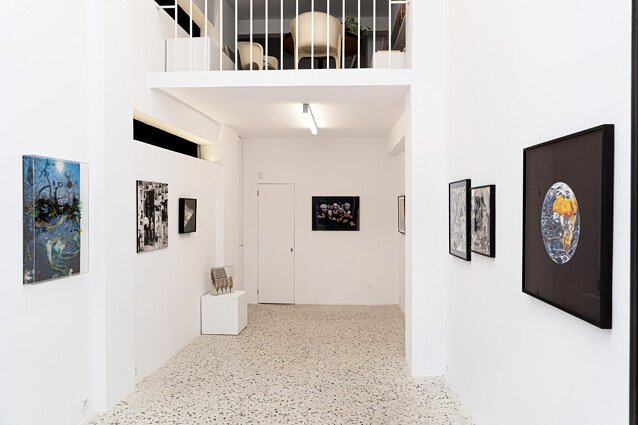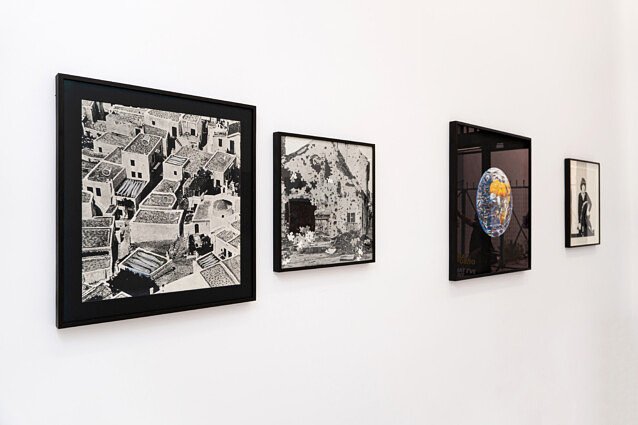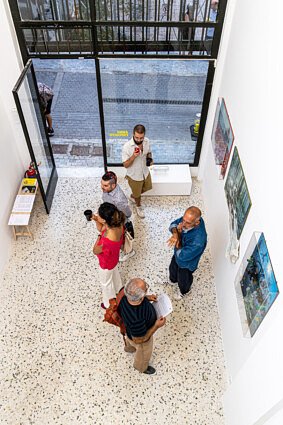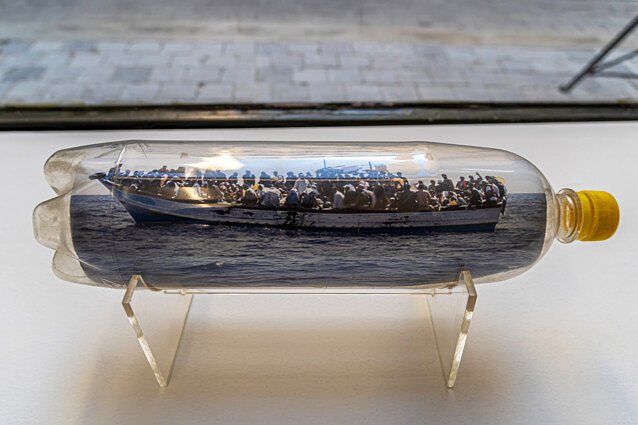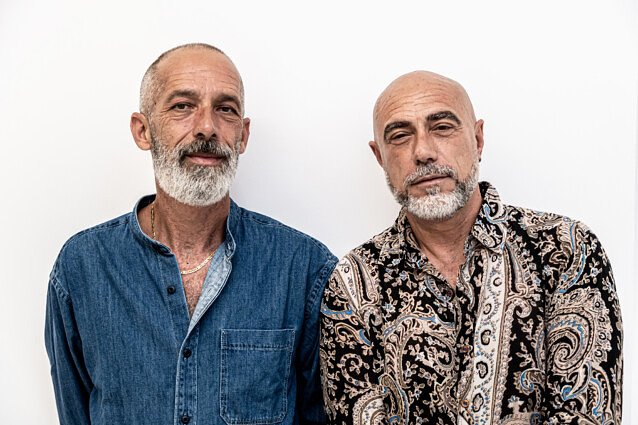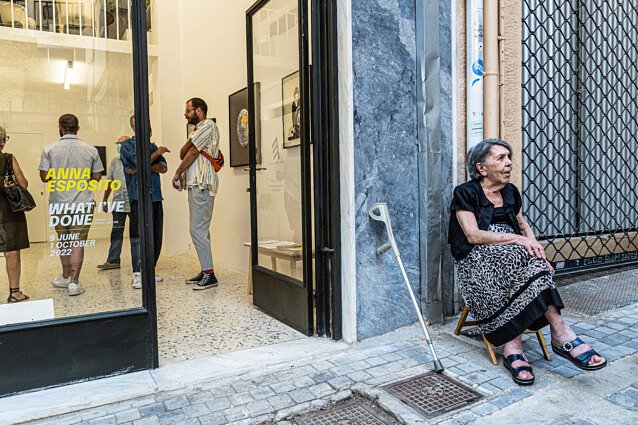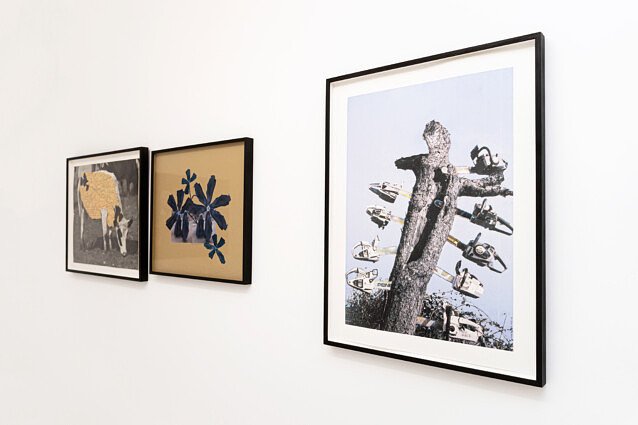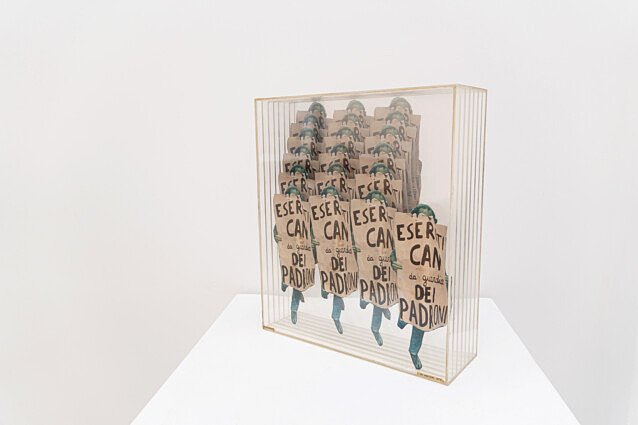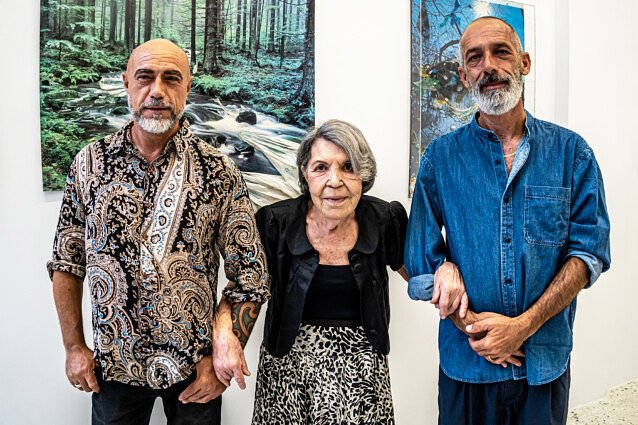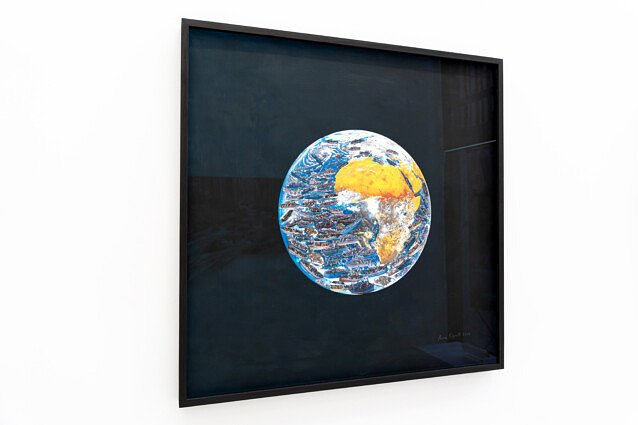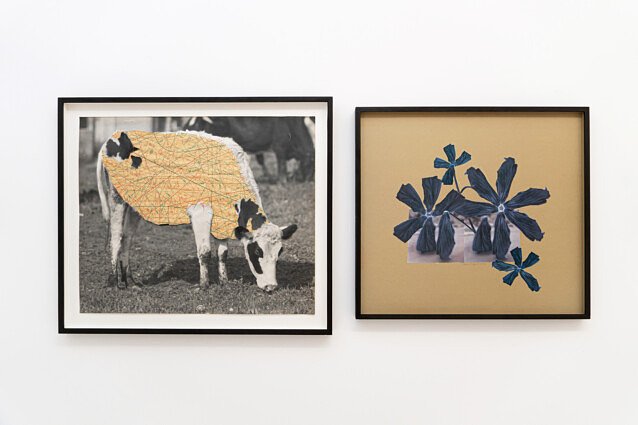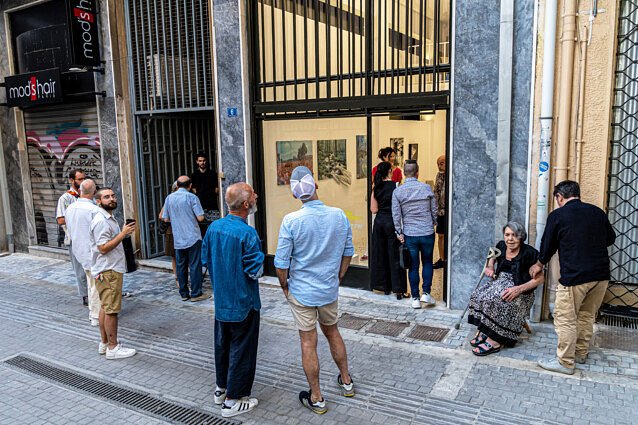Anna Esposito
What I’ve done
Curated by Davide Mariani
Gramma_Epsilon gallery presents works by Anna Esposito in “What I’ve done”. The exhibition continues the Athenian gallery’s program dedicated to important female artists of the Italian art scene in the seventies.
The exhibition, which represents the first anthology of Anna Esposito (Rome 1935) in Greece, produced in collaboration with the independent space Lettera_E in Rome and sponsored by IIC Athens, offers a selection of the artist’s most desecrating works created in over fifty years of activity.
Located in two exhibition venues, the exhibition will open to the public on June 4 in Rome at Lettera_E and on June 9 in Athens at Gramma_Epsilon gallery, where it will remain until October 01, 2022.
Paolo Cortese and Francesco Romano Petillo, the directors of Gramma_Epsilon gallery, whose intent “is to pay tribute to the great female personalities who played a fundamental role in the artistic scene of the seventies and whose works are still extremely contemporary today”, said: “After the success of the retrospective dedicated to Mirella Bentivoglio, we are delighted to introduce the Greek public to Anna Esposito, a multifaceted and visionary artist whose works have always highlighted, often well before anyone else, the problems and contradictions of the society in which we live”.
Uncovering the deception
Curated by Davide Mariani, the exhibition brings together over thirty works, including reliefs, collages and décollages that mirror accurate poetic judgements on the myths, characters, tragedies and hopes of today.
Anna Esposito’s primary artistic intent since the early seventies to demystify and denounce, is what highlighted her interest in surrounding reality. Although her artwork has crossed paths with protagonists and themes attributable to Italian Pop art and Nouveau Réalisme, by remaining free from any type of pigeonholing it has been able to evolve with great originality. “With my work I try to highlight the hidden parts of the truth”, says Anna Esposito, “I try to get inside the mixture, like a dough, to savour all the moods and extract the poison.”
From the world for the world.
In the exhibition, through a series of themes ranging from social issues, such as immigration, religion and war, to environmental ones, such as climate change and pollution, the depth of this unfiltered art is clearly unveiled for the viewer. Her original style was singled out in 1976 by Maurizio Fagiolo, on the occasion of her first solo show in a public institution, in Palazzo dei Diamanti in Ferrara, when he remarked on how Esposito’s artwork did not consist so much in crowding the world with new images, but in taking from the world the already existing images to rework them according to her personal vision.

Her analysis, in this case, consists in the accumulation, subtraction, multiplication and division of subjects and objects so that she can examine the world using the world itself, such as in ‘Machine gun burst’ (Sventagliata di mitra,1972) and ‘An army’ (Un esercito,1974), both exhibited in 1978 as well as in the historic female artists’ exhibition curated by Mirella Bentivoglio for the Venice Biennial in the Magazzini del Sale.
Fifty years later, the artist felt the need to create a new version of Sventagliata di mitra (1972/2022) that will be presented for the first time in Athens, together with ‘An army’ (Un esercito,1974), as a further piece of reflection aimed at highlighting how war, yesterday as today, continues to cause pain and suffering: “Thinking of mankind in general and society, including myself, I feel a sense of compassion for the times that we are living through”, continues Esposito, “mine is never a definitive judgement but it is as if I am aspiring for a kind of redemption, for a reality that is a little more human because contemporary society is dehumanizing us”.
What have I done?
Viewing the works on display is like witnessing the inevitable narration of the decay of our planet: trees are transformed into chimneys ‘Chimney Tree’ (Albero ciminiera, 2003), a house destroyed by war becomes a children’s jigsaw puzzle (Bosnia, 1992), meadows are drowned in waste ‘Red ecological view’ (Sguardo ecologico rosso, 1974) and the fate of animals in ‘Tailoring projects’ (Progetti di sartoria, 1985). The world maps appear worn out with their faded contours (Atlantis, 1991), in S.O.S, (1998), the ship in a bottle is a boat full of migrants and the bottle is made of plastic and in San Sebastiano (1992/2022) a trunk stabbed by chainsaws alludes to the icon of suffering.
For a long time we have clung to the illusion that our terrestrial Eden would be eternal and we promoted increasingly luxurious lifestyles without ever imagining that later a more disturbing side of the coin could be revealed: “What is behind those glossy images of lush nature, cities of well-being, clean and deserted beaches, dewy woodland, and the smiling and persuasive faces of those characters in the foreground? Behind them there are mountains of waste, cities assailed by concrete, seas of plastic and paper, polluted rivers and floods of people searching for the promised land, mud landslides that carry away just the most desperate, and young people with their arms crossed, waiting for the Messiah”, declares Esposito. In a scenario such as this, everyone should feel called into question and ask themselves the big question: what have I done?



